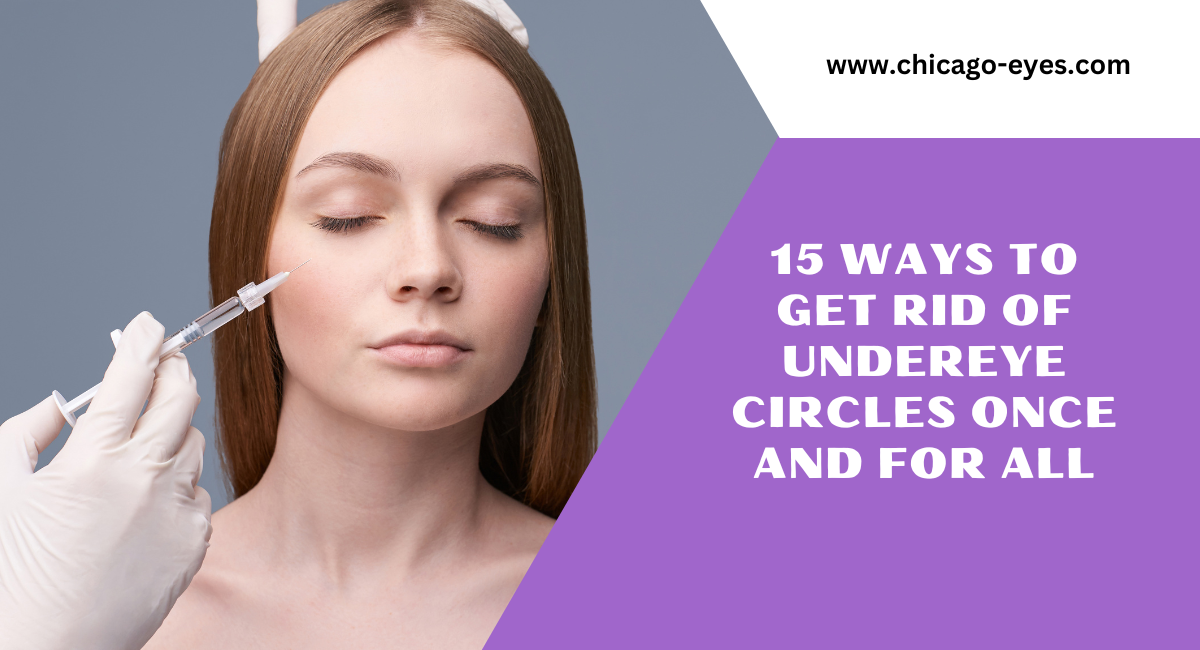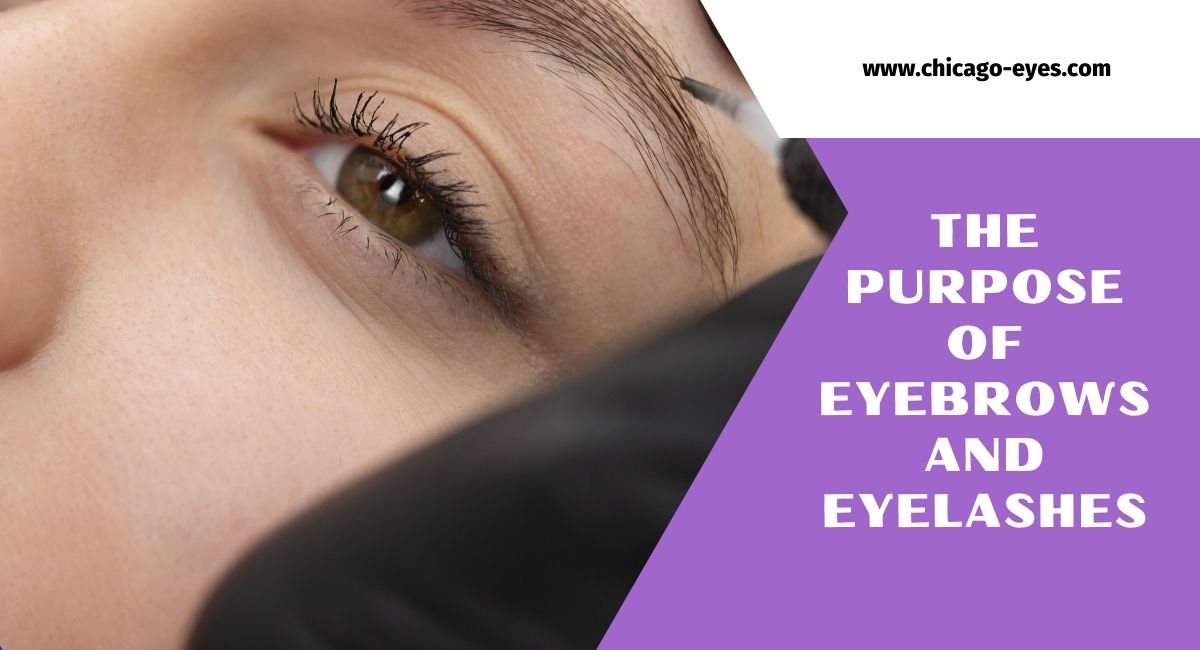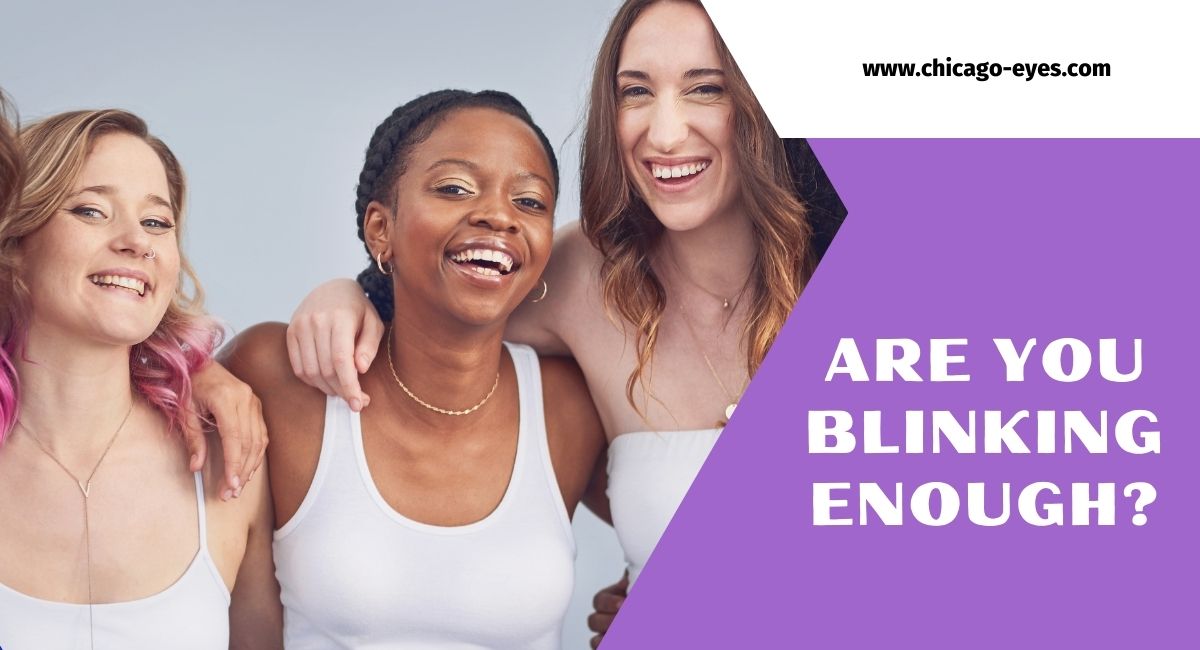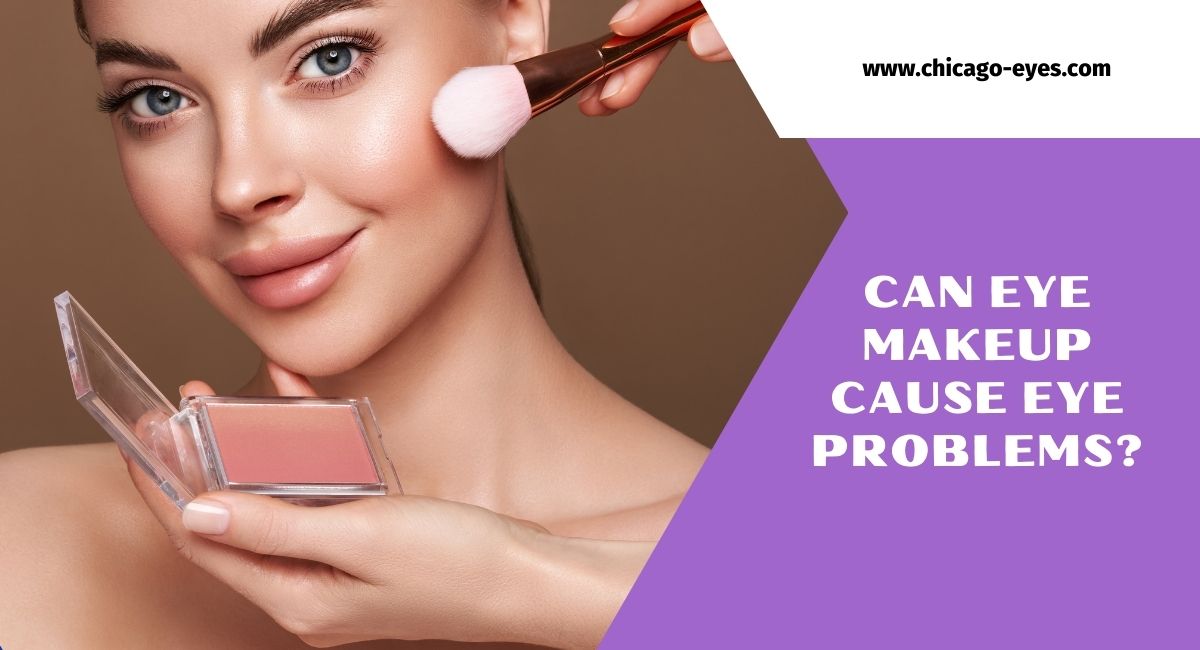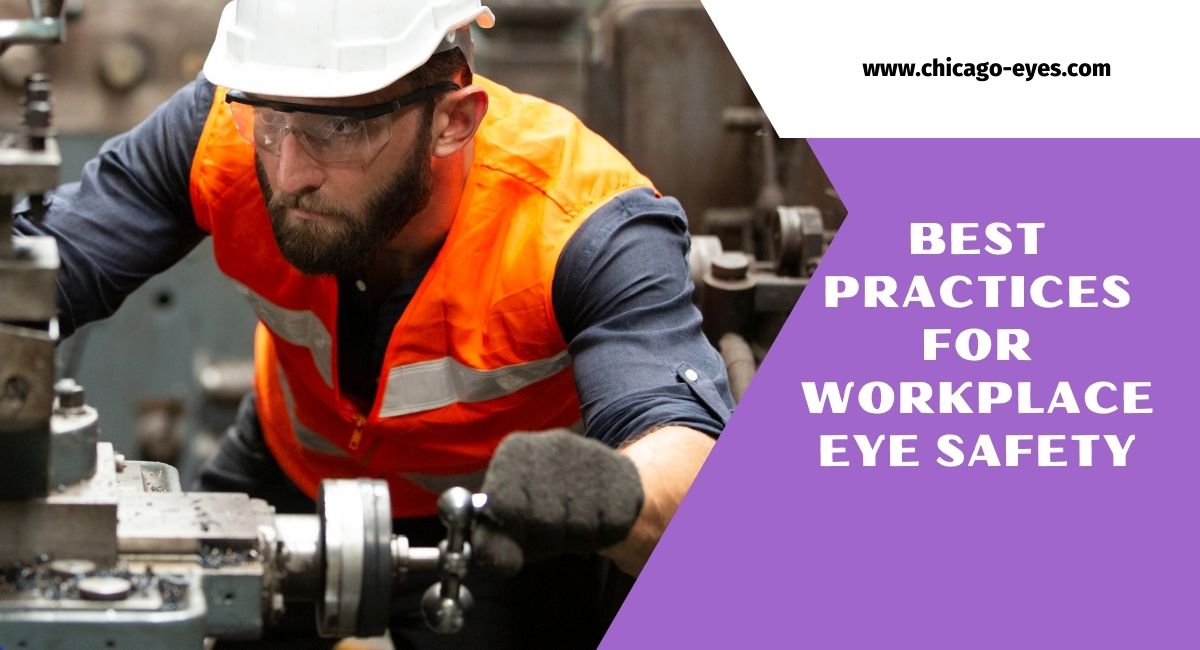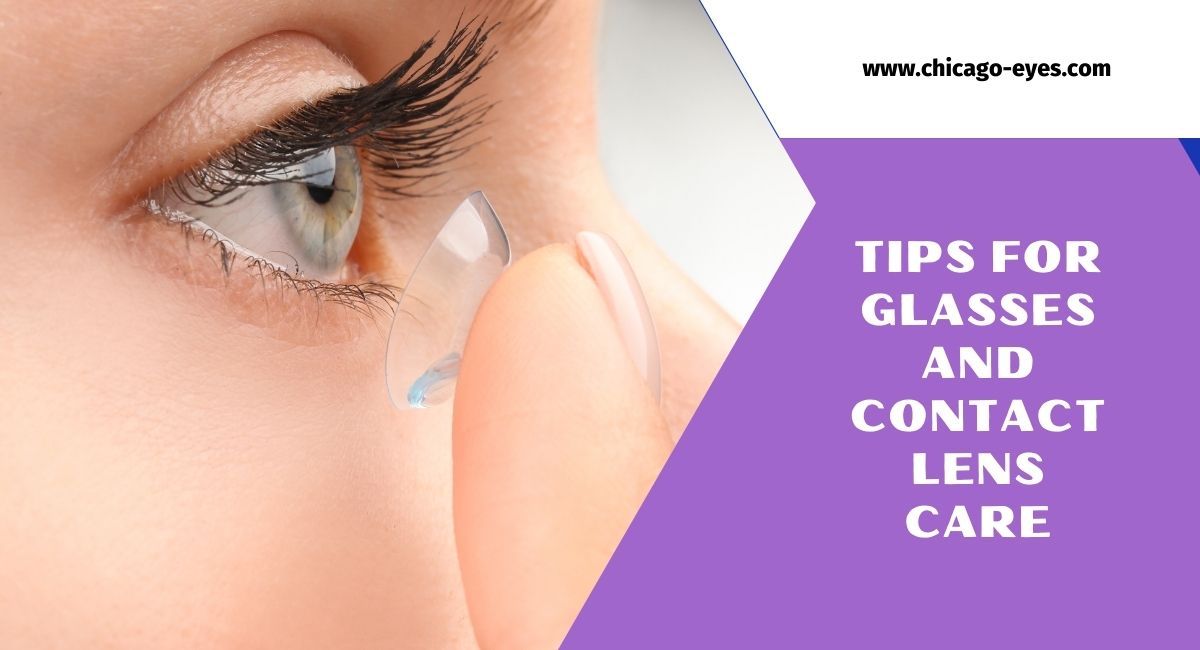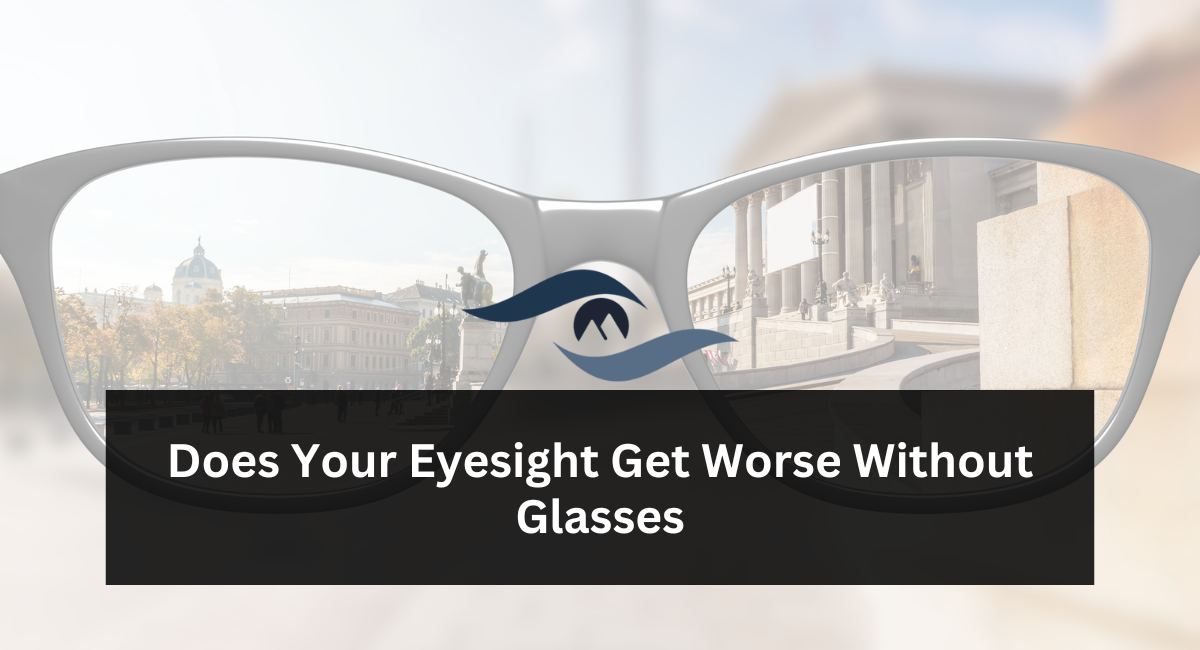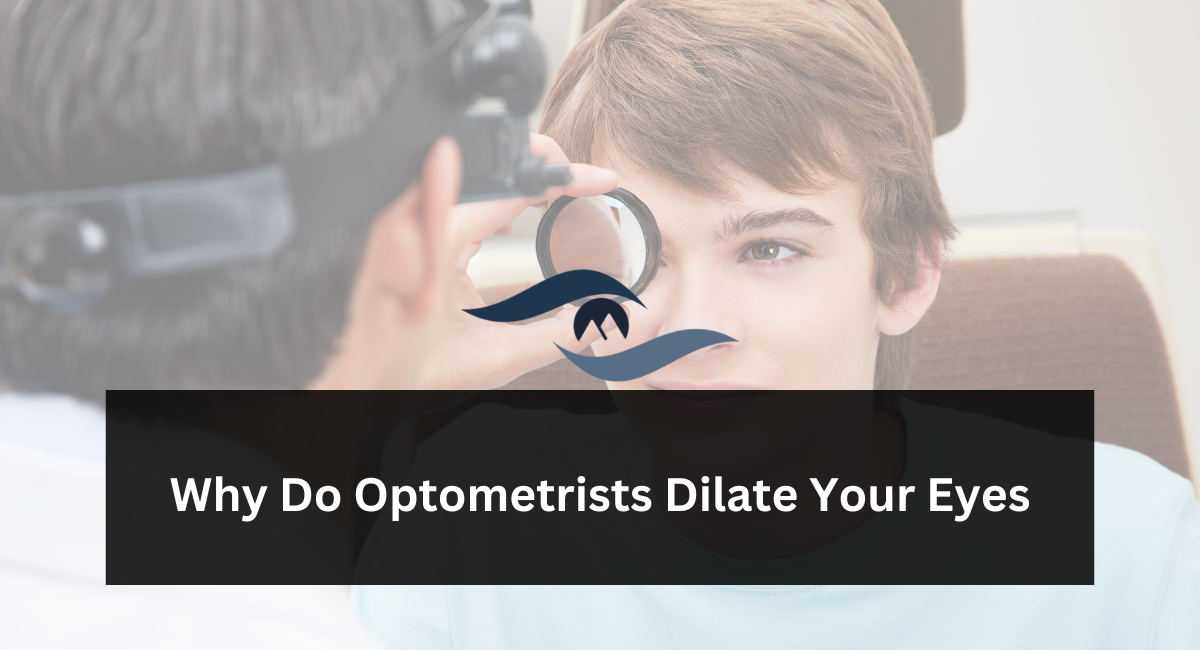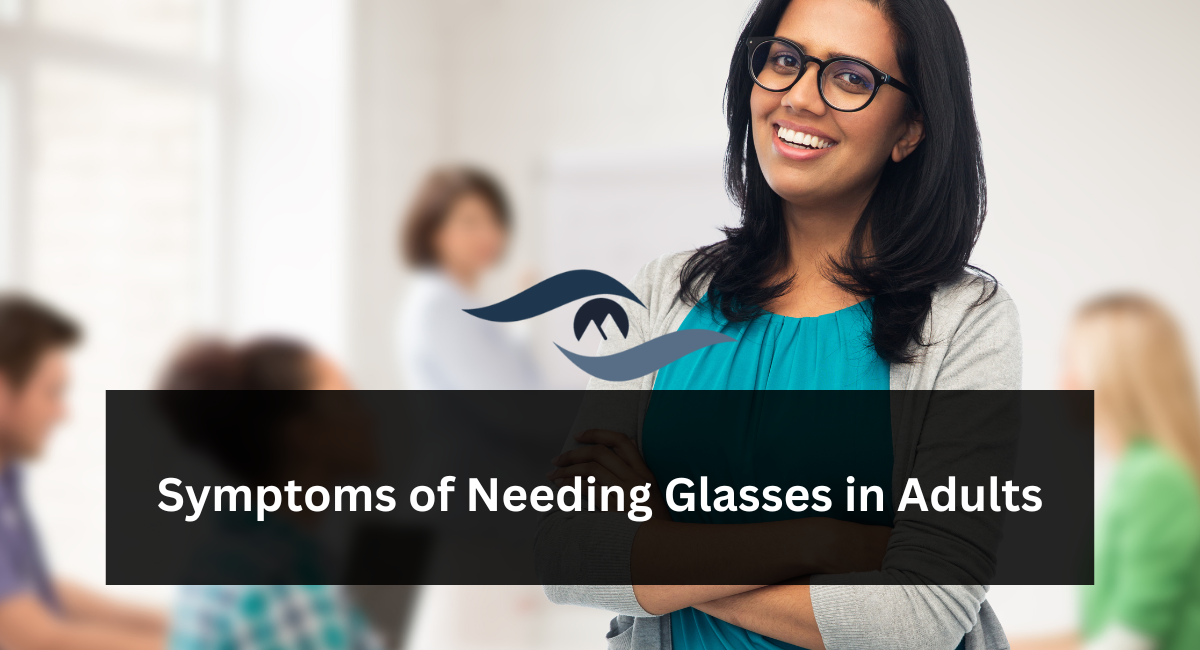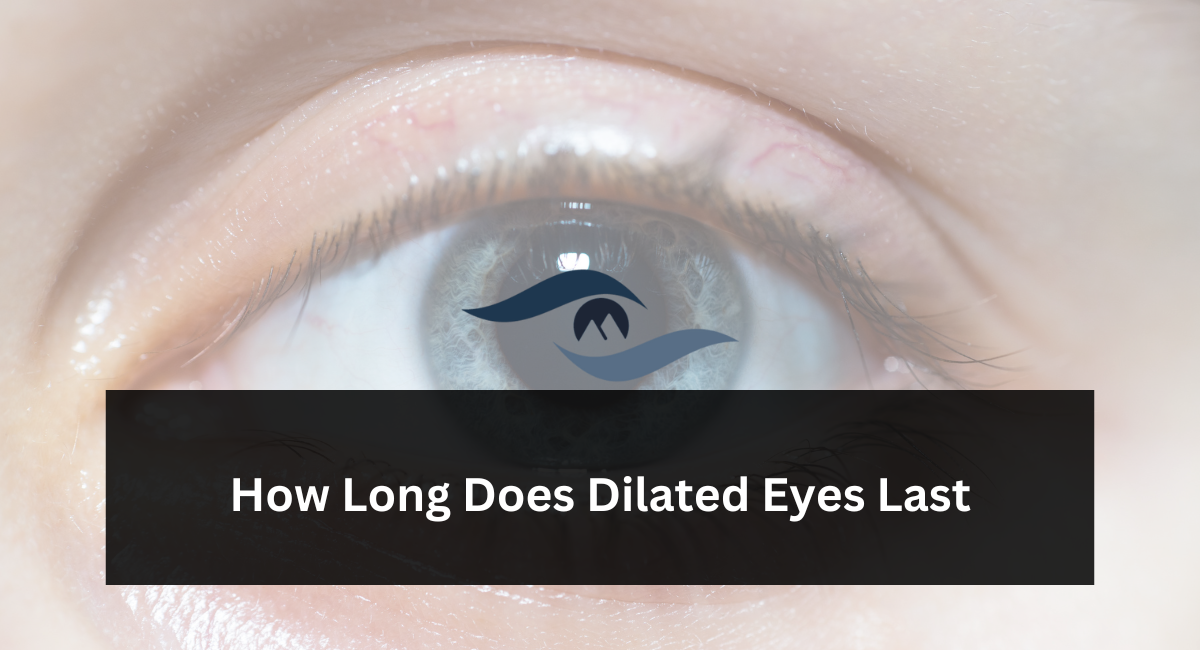Dark circles under your eyes can be a persistent problem, making you look tired and worn out even when you’re feeling perfectly rested.
While genetics and natural aging can play a role, there are many contributing factors and effective solutions to brighten your under-eye area and achieve a more youthful appearance.
This article explores the root causes of under-eye circles and offers 15 practical strategies to banish them for good.
Understanding the Culprits: Why Those Circles Appear
Lack of Sleep (Sleep Thief):
This is a major culprit. When you don’t get enough shut-eye, the blood vessels under your eyes dilate, causing a darkening effect. Aim for 7-8 hours of quality sleep each night.
Develop a consistent sleep schedule and create a relaxing bedtime routine to ensure restful sleep.
Dehydration (The Parched Culprit):
When your body is dehydrated, the skin under your eyes can become thin and translucent, allowing the underlying blood vessels to show through. Drink plenty of water throughout the day.
Aim for eight glasses of water daily, adjusting based on your activity level and climate.
Sun Damage (The UV Villain):
Sun exposure can break down collagen and elastin, leading to thinner, darker under-eye circles. Always wear sunscreen with SPF 30 or higher, even on cloudy days, to protect your delicate eye area.
Allergies (The Itchy Invader):
Seasonal allergies can cause inflammation and puffiness around the eyes, contributing to a darker appearance. Consult your doctor for allergy management strategies, such as allergy medications or immunotherapy.
Aging (The Time Thief):
As we age, we naturally lose collagen and fat around the eyes, making the skin thinner and allowing the underlying darkness to show through.
While this is a natural process, some of the strategies in this article can help combat its effects.
Digital Eye Strain (The Screen Scourge):
Staring at screens for extended periods can strain your eyes and contribute to under-eye circles. Take regular breaks, ideally every 20 minutes, and practice good posture while using electronic devices.
The 20-20-20 rule is a helpful reminder: look away from your screen every 20 minutes for 20 seconds at something 20 feet away.
Smoking (The Puffy Culprit):
Smoking restricts blood flow and reduces oxygen to the skin, leading to a dull and tired appearance, including under-eye circles. Consider quitting smoking for overall health and brighter eyes.
Lifestyle Tweaks for Brighter Eyes:
Now that you know the culprits, let’s explore some lifestyle changes that can make a big difference:
Prioritize Sleep (The Restorative Ritual):
Develop a consistent sleep schedule and aim for 7-8 hours of quality sleep each night. Create a relaxing bedtime routine to wind down and ensure restful sleep.
This might include taking a warm bath, reading a book, or practicing relaxation techniques.
Hydration is Key (The Water Warrior):
Drink plenty of water throughout the day to keep your skin plump and hydrated. Aim for eight glasses of water daily, adjusting based on your activity level and climate. Fruits and vegetables can also contribute to your fluid intake.
Embrace a Balanced Diet (The Nutritional Nurturer):
Eat a balanced diet rich in fruits, vegetables, and whole grains to nourish your skin from the inside out. Include foods rich in vitamins C, K, and E, which promote collagen production and skin health.
Think citrus fruits, leafy greens, and nuts.
Minimize Salt Intake (The Salty Saboteur):
Excessive salt intake can lead to fluid retention, causing puffiness around the eyes and worsening the appearance of under-eye circles.
Limit processed foods and added salt in your cooking. Opt for fresh ingredients and natural seasonings.
Manage Stress (The Stress Slayer):
Chronic stress can wreak havoc on your skin, including contributing to under-eye circles.
Practice relaxation techniques like yoga, meditation, or deep breathing to manage stress effectively. Find an activity that helps you unwind and de-stress.
Limit Alcohol Consumption (The Dehydrating Downer):
Alcohol can dehydrate and deplete your skin of essential nutrients, leading to a dull and tired appearance. Moderate your alcohol intake or consider abstaining altogether.
Targeted Treatments for Brighter Under-Eyes:
In addition to lifestyle changes, there are several targeted treatments that can help reduce under-eye circles:
Cooling Compresses (The Chill Chaser):
Apply a cool compress to your eyes for 10-15 minutes to reduce puffiness and constrict blood vessels, temporarily minimizing the appearance of dark circles.
A washcloth soaked in cool water or a chilled eye mask can be used.
Eye Creams (The Topical Treatment):
Choose an eye cream specifically formulated to address dark circles. Look for ingredients like:
Vitamin C:
Brightens the skin and promotes collagen production.
Retinol:
Stimulates collagen production and reduces hyperpigmentation.
Hyaluronic Acid:
Hydrates and plumps the skin, making under-eye circles less noticeable.
Kojic Acid:
Lightens dark circles by inhibiting melanin production.
Green Tea Extract:
Reduces inflammation and puffiness.
Eye Cream:
Apply a pea-sized amount of eye cream to the cleansed and toned under-eye area, patting it gently with your ring finger. Be careful not to get the cream in your eyes.
Gentle Massages (The Circulation Booster):
Gently massage a lightweight eye cream around your eye area to improve circulation and reduce puffiness.
Use your ring finger and apply very light pressure in a circular motion, moving outwards from the inner corner of your eye towards the temple.
Concealer (The Makeup Magician):
Makeup can be a great tool to temporarily camouflage under-eye circles. Choose a concealer that is one shade lighter than your foundation and apply it sparingly with a damp makeup sponge.
Focus on the inner corner of your eye and the area directly under the lash line. Blend the concealer well to avoid a cakey appearance.
Dermatological Treatments (The Specialist’s Solution):
For more stubborn cases, consider consulting a dermatologist. Options might include:
Laser Treatments:
Laser treatments can target hyperpigmentation and stimulate collagen production, improving the appearance of under-eye circles.
Fillers:
Fillers can be used to add volume under the eyes, reducing the appearance of hollowness that can contribute to dark circles.
Microneedling:
Microneedling creates tiny controlled injuries in the skin, triggering collagen production and improving skin texture and tone, which can help diminish dark circles.
Remember, consistency is key!
While some of these strategies may offer immediate results, long-term results require consistent effort.
By incorporating these tips into your daily routine, you can effectively address the root causes of under-eye circles and achieve a brighter, more youthful appearance.
Bonus Tip: Embrace a Healthy Lifestyle
A healthy lifestyle that incorporates good sleep, a balanced diet, regular exercise, and stress management is not only beneficial for your overall health but also contributes to brighter, healthier-looking skin, including the delicate under-eye area.
So, take care of yourself from the inside out, and watch those dark circles fade away!
